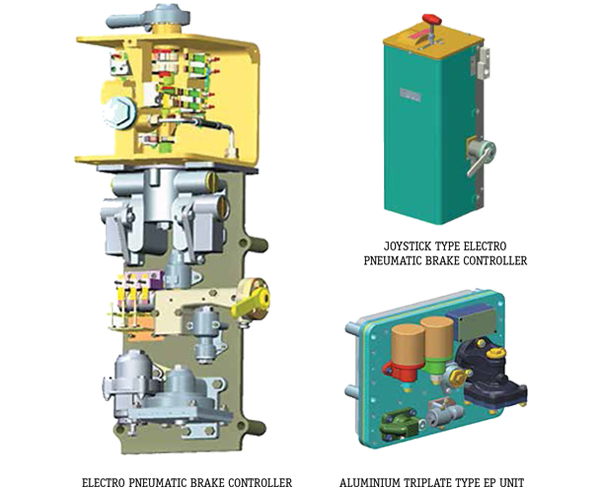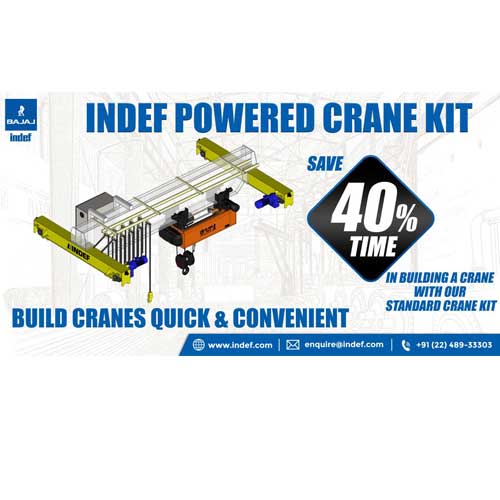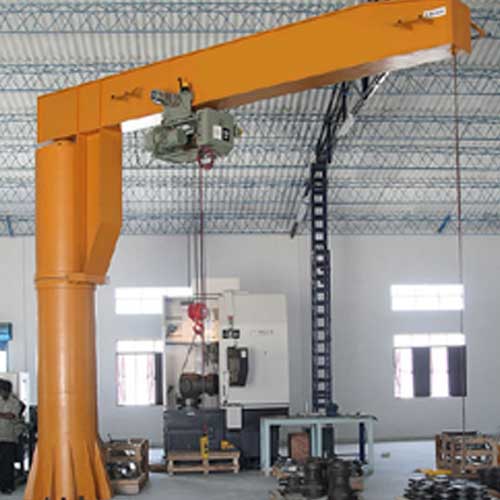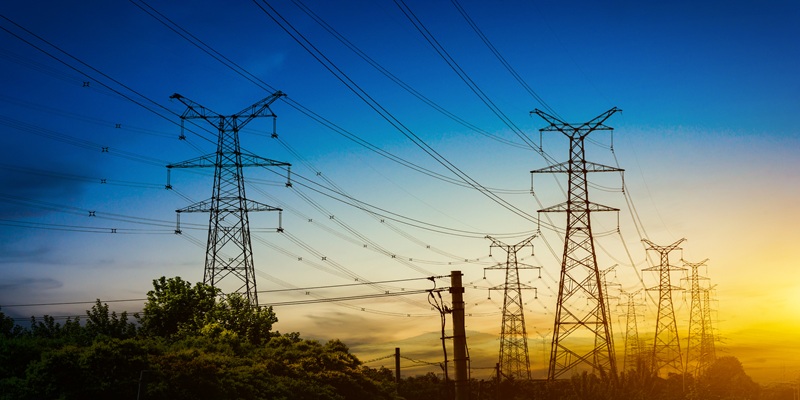Schedule a Call Back
Infra-led growth driving demand for construction equipment
 Articles
Articles- Oct 01,18

Related Stories

India’s Decarbonisation Journey: Turning Climate Challenge into Opportunity
While decarbonisation is increasingly becoming a prerequisite to access premium global markets, India's path to net-zero by 2070 is complex. However, with coordinated action, strategic investments, ..
Read more
HCC Secures Rs 2,040 Mn Deal for Fabrication in Hindalco’s Odisha Expansion
HCC’s advanced fabrication expertise and execution capabilities will be crucial in delivering this large-scale industrial project to international standards.
Read more
SANY India Opens New 3S Branches in Visakhapatnam and Palwancha
The inauguration ceremonies were attended by senior leaders from SANY India.
Read moreRelated Products

Electro - Pneumatic Brake System for Emu
Escorts Kubota Limited offers a wide range of electro - pneumatic brake system for EMU.

Indef Powered Crane Kit
Hercules Hoists Ltd offers a wide range of Indef powered crane kit.

Jib Crane
DC Hoist & Instruments Pvt Ltd offers a wide range of Jib crane.
















